English Mastiff vs Horse: Are They Good With Each Other?
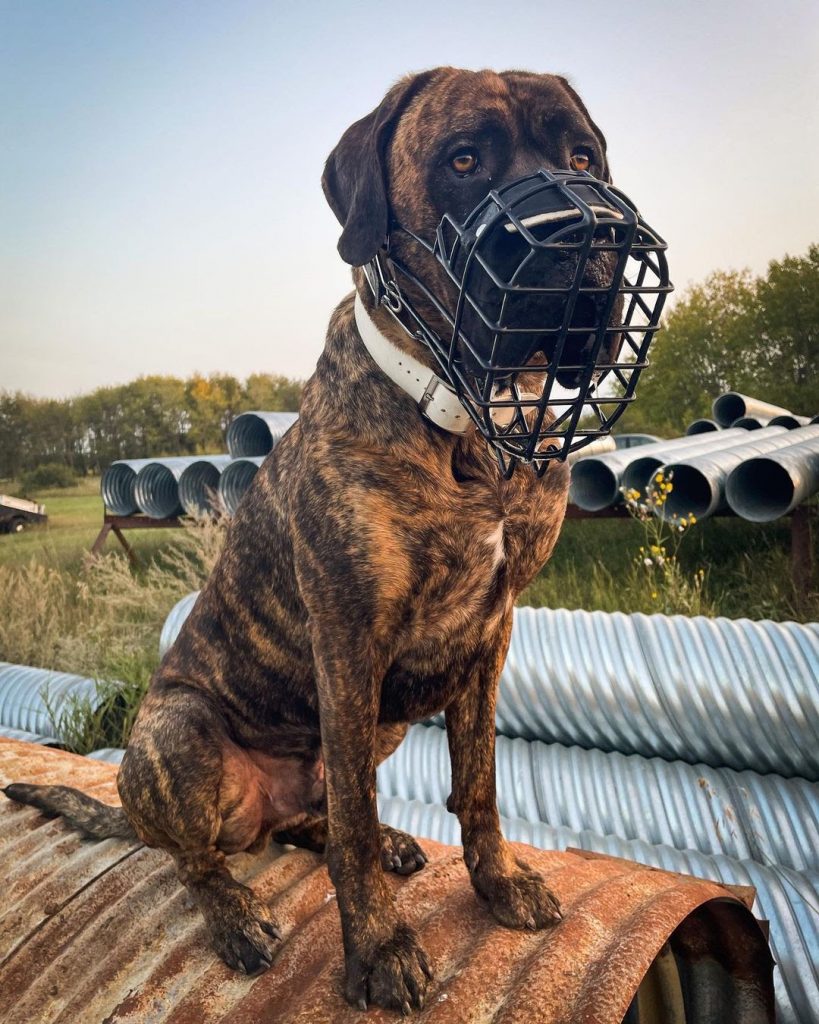

This massive English Mastiff gets along very well with other animals, specifically the horses as long as they are all bonded at a very young age. He’s naturally protective and territorial as he’s trained to guarantee the safety of everyone. For quite some time in the past, the English Mastiff has become a top-notch choice as a guardian of livestock whose primary duty is to either drive away or attack persistent predators.
This is how it is with the recorded history, but is it the same now? Given that the English Mastiff evolved both physically and temperament-wise, dog lovers who own ranches might be contemplating if it’s still possible to use a dog as an aid in their farm.
To find out, this article will answer that and all the other questions you have in mind.
Table of Contents
Size Difference Between the English Mastiff and the Horse
There is a huge difference when it comes to measurements if both the English Mastiff and the horse are compared to each other. Despite that, size isn’t an obstacle for a dog. Between the two of them, he’s more capable of defending or if needed, attacking whoever threatens the welfare of the animals he’s meant to guard.
To have a clearer description regarding their proportions below is a table that will show you both their respective heights and weights:
| Measurement | Male English Mastiff | Female English Mastiff | Male Horse | Female Horse |
| Height | 30 inches & up | 27.5 inches & up | 60 inches | 55 inches |
| Weight | 160 to 230 pounds | 120 to 170 pounds | 900 to 2,000 pounds | 900 to 2,000 pounds |
The details listed above are estimates. Certain factors like age, quality, and genetics may affect these average sizings.
How Would an English Mastiff and a Horse Act Around Each Other?
Thanks to domestication, both the English Mastiff and the horse can co-exist peacefully. Both can offer companionship to their owners and at the same time share certain activities. Both animals have progressed to understanding that they have to be tolerant of each other’s presence. Nowadays, you can witness a dog playing or being around the horse with no signs of conflict.
Here is a short clip showing the English Mastiff taking the lead with a magnificent horse following after him:
Still, from an evolutionary perspective, it is undeniably true that the English Mastiff remains to be a predator and the horse, a prey. When there isn’t enough early exposure from each other, both their instincts will kick in.
For the modern Mastiff, he may show signs of playfulness or his old prey drive of going after large animals may be exhibited. The horse doesn’t generally understand these behaviors and automatically, his flight response will be displayed. When the horse panics and runs away, the dog is more or less going to interpret it as a sort of a game or react in worse ways such as biting or showing aggression.
When both their natures clash, this may result in unwanted behaviors. When left unresolved, this can be fatal and distressing for the owners.
Can English Mastiffs Protect Horses From Predators?
Absolutely! His incredible size and proportions are enough to ward off uninvited guests. Given that the English Mastiff is at his best state, a few more of this canine around your ranch will guarantee that your horses will be safe.
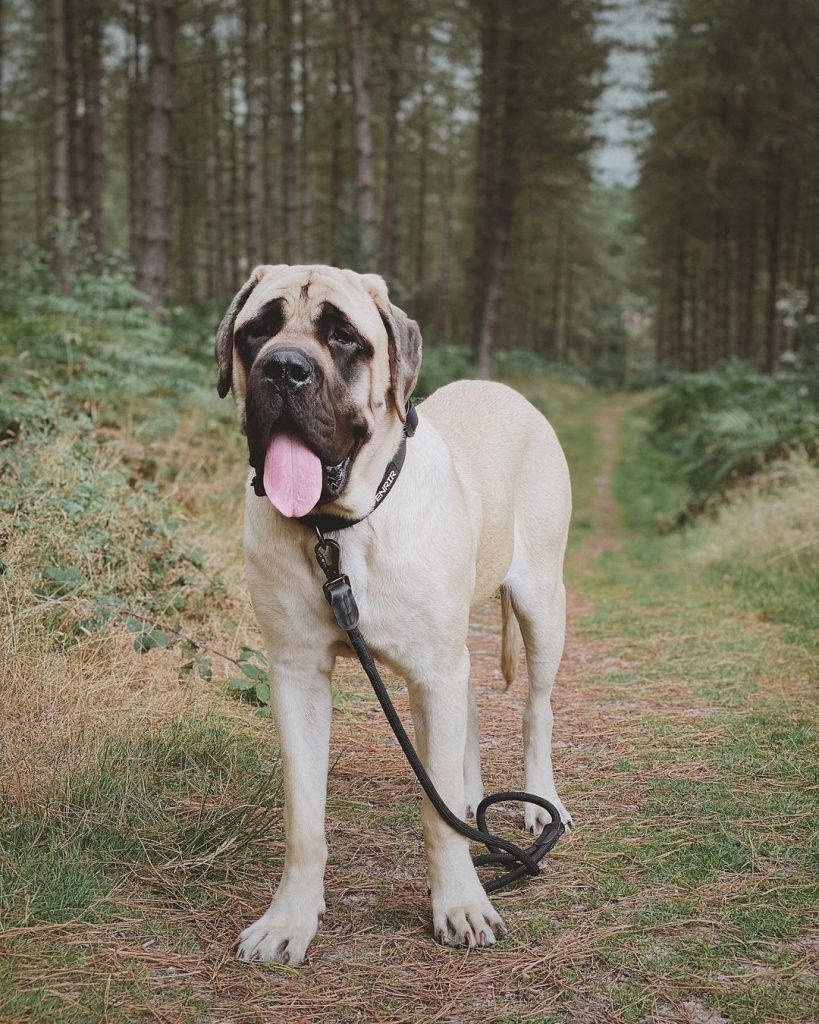

This Mastiff breed is never to be underestimated. His features alone should tell anyone that he is threatening and not to be mocked. He’s got a big and heavy broad head with jaws that can snap bones with a PSI of over 550. He can tilt and move in directions with force with his muscular and powerful body. Should he throw himself at a person, the stranger will most likely lose his balance considering that this dog can be over 200 pounds.
Moreover, the territorial and protective disposition of this canine can trigger him to be aggressive if he senses danger. He gives a lot of importance to his duty, especially if he has been trained to guard the horses. Any predator in sight will be given a warning either through his barks or slight advances, but if the situation calls for more, he’ll no doubt pounce if unavoidable.
Will Horses Attack the English Mastiff?
It is possible that a horse will decide to fight against your English Mastiff, but this doesn’t just happen out of nowhere. Oftentimes, this canine, like any other dog, would show excitement upon seeing a new animal. He may jump around the horse, run around it, or worse, bite in fear. After all, the horse is much larger than him and panic is an initial reaction from any canine who’s not used to seeing such a sight.
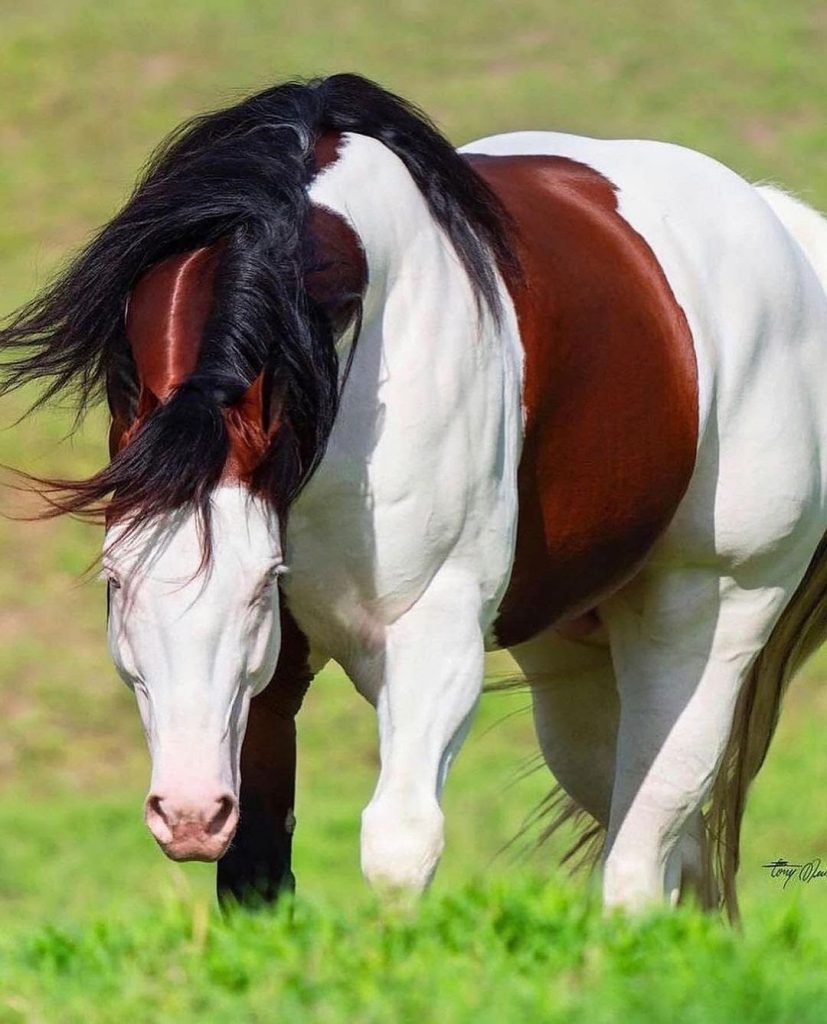

If the horse feels harassed or annoyed by these behaviors shown by the Mastiff, he can injure the dog, and doing so isn’t hard at all. The usual ways a horse could attack a dog are through stepping on him, biting, or kicking him with his powerful hind legs.
Will English Mastiffs Attack the Horse?
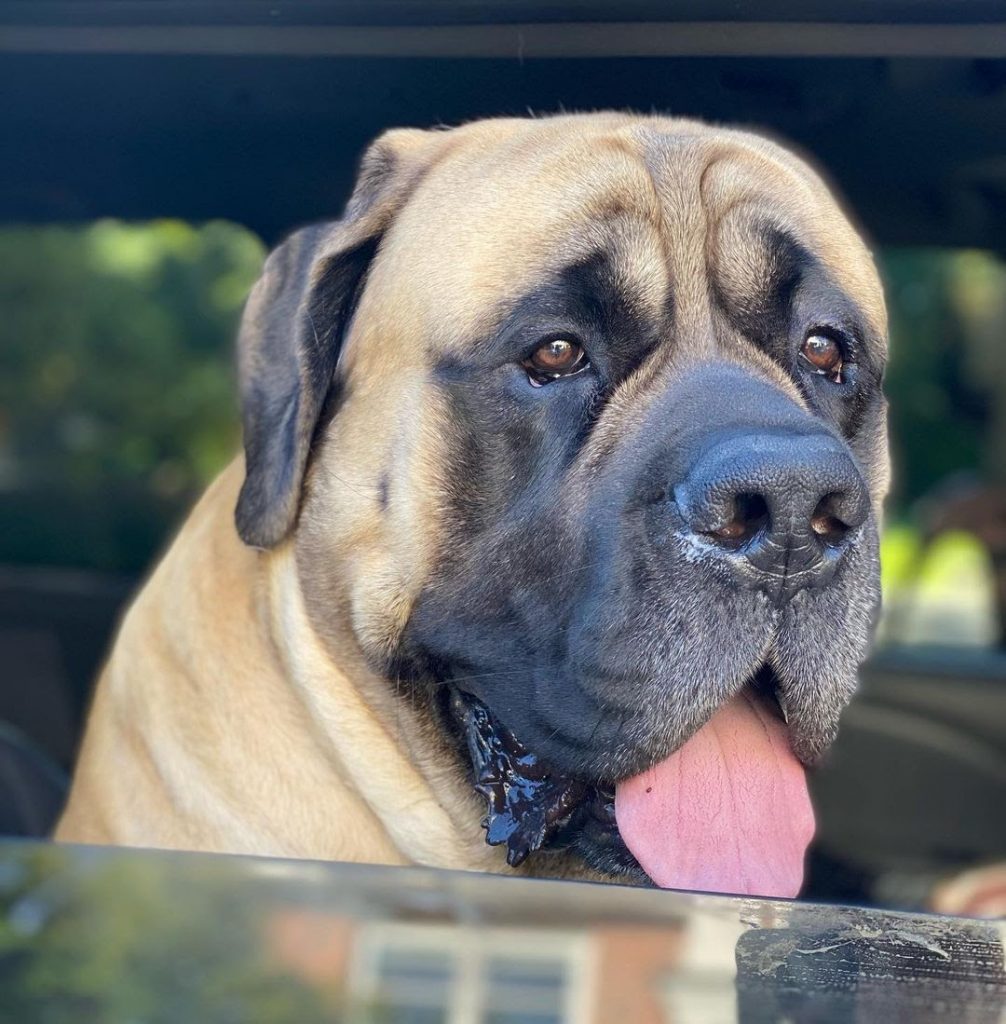

There is a chance that an English Mastiff will attack a horse. If the dog grew up with aggression problems or has inherited a problematic temperament from his parents, he has a high chance of showing unprovoked hostility toward horses.
Despite this potential hazard, there aren’t a lot of cases regarding this incident. Still, every English Mastiff owner should be cautious when they bring dogs of such type to their farm. If you know that your Mastiff shows uncontrollable excitement upon seeing a huge horse for the first time, ensure that he can’t get near it too fast without doing a few measures for safety.
If you are visiting somebody else’s farm, there’s a much stronger reason not to bring a plus one canine with you. The chance that the English Mastiff can cause havoc is higher since he’s going to be in an unfamiliar place filled with intimidatingly big farm animals like the horse.
Some places or cities have special orders which give farmers the right to destroy the dog without providing compensation to the owner if his farm animals are injured or disturbed. Fines may also be applied prompting the dog owner to pay the farmer. If you know that the dog is out of control, it is best to keep him away from the horses.
Training Tips for Horses to Accept English Mastiffs
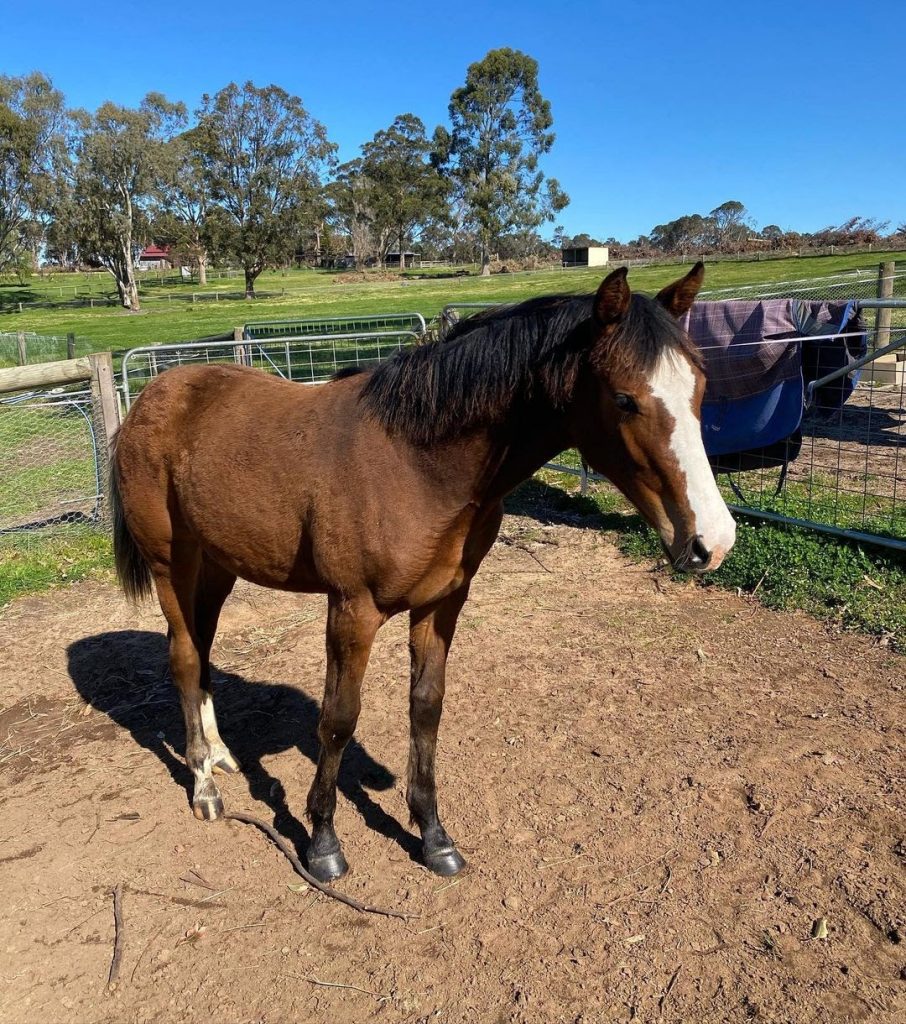

Gradually, horses will become accustomed to having dogs around. With enough exposure and guidance from responsible owners, a relationship between these two will sprout.
Here are a few training tips for horses so they would learn how to habituate with your dogs:
- Desensitize your horse by putting objects around his legs and hooves. The English Mastiff is recognized to have three colors namely apricot, fawn, and brindle. Depending on which color your Mastiff falls, look for an object of the same shade and have it wrapped around the horse’s legs mainly on the lower areas.
- Use an experienced dog. The success of this training is highly likely to be achieved if only one of the two animals is inexperienced. You can use a dog who’s been used to being around horses to teach your horse that being around dogs is fine. The same can be applied if you want to introduce a dog to a horse- use an experienced equine.
- Ensure safety. Never leave both animals to figure out how to work their relationship by themselves. Monitor each of their movements to avoid catastrophic situations. If the horse is agitated, you can move the dog out of the way.
How to Get Your English Mastiff Used to Be Around Horses
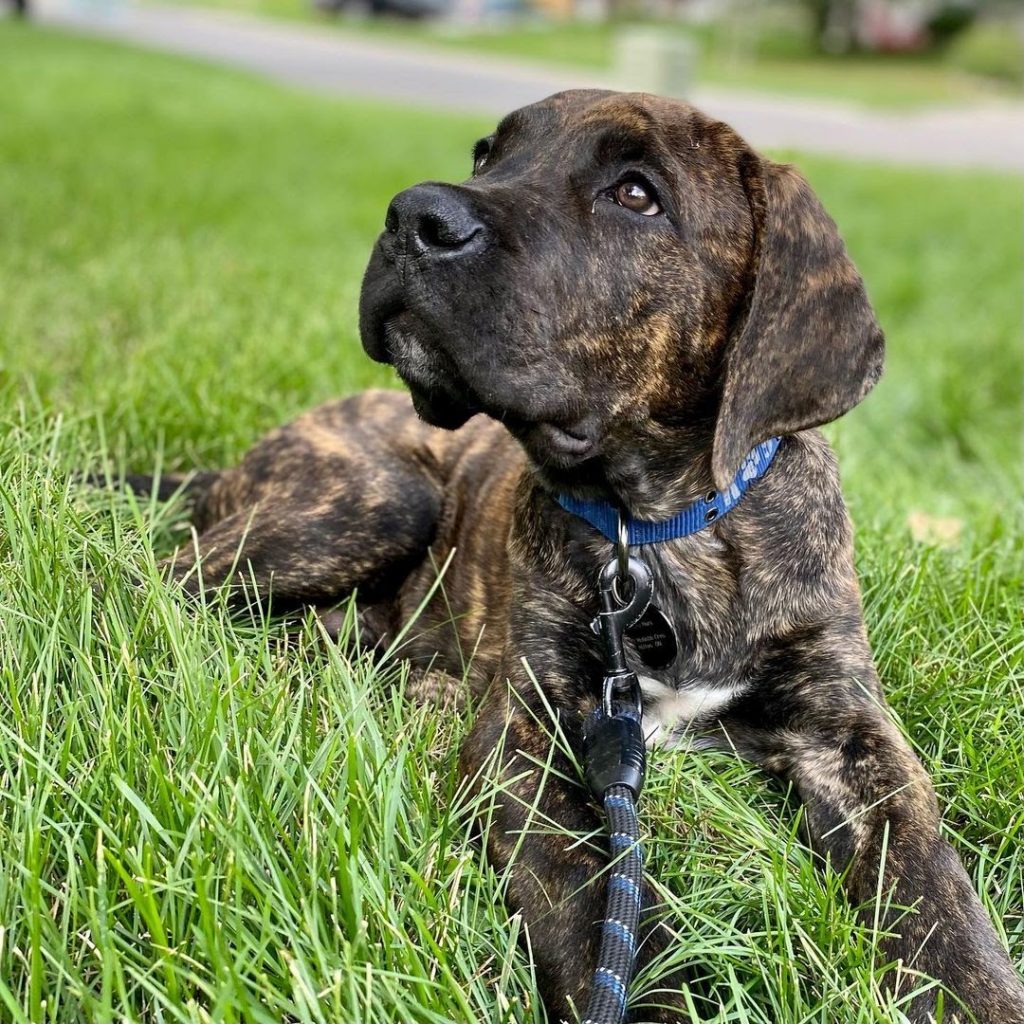

It isn’t just the horse that needs to be trained before getting introduced to a canine. Of course, your English Mastiff should also undergo certain lessons deemed to be crucial so he becomes ready in getting brought to the ranch.
It is indeed true that dog ownership requires a certain level of responsibility and for English Mastiffs who are predestined to become ranch guardians, there are a few lessons they need to undertake first.
- Teach him basic commands. Training starts at home. It is imperative that your dog learns what simple words such as “sit”, “lie”, “move”, or “no” means.
- Let him get used to being on a leash. Once he shows great progress at home, it is time to gradually move him in the yard and eventually to the farm, but there shouldn’t be any interaction with the horses yet. Keep him on a leash so you can control his movements until you’ve assessed that he’s reliable.
- Socialize your dog at a young age. It is always recommended to incorporate socialization training with your dog during puppyhood. If you want him to get along with kids, cats, or horses, let him have interaction with them early on.
- Introduce your dog to the horse slowly. You can hold the English Mastiff puppy up for the horse to sniff. Reinforce right away by giving the dog treats or praises if he shows signs of friendliness. Once you’re confident that the dog is calm around the horse, you can put him to the ground and let him check out the horse by himself. If the gelding shows frustration or uncomfortability, keep the dog away using an arm extender.
- Look for signs of inconsistency. Before you get confident about bringing your dog regularly to the ranch, make sure that he takes heed to your commands. Any frequent signs of stubbornness in obedience training means you have to give your Mastiff more time before he’s ready for the real deal.
- Be patient. Your dog will always take time to adjust to new environments. He needs to be immersed in the lifestyle first before he’d get a grip of what you expect him to become. If he shows inaccuracies, keep on training him until he’s ready to spend more time with horses.
Bad Behaviors That Need Correction
Training doesn’t just involve teaching your dog how to act around horses. It also includes eliminating bad and unnecessary behaviors right away so they can mutually live and tolerate each other’s presence.
Below are certain behaviors your dog may show as well as steps you can take so your Mastiff lets go of these unwanted traits:
- He chases after the horse. At times, dogs merely just want to play. However, their thirst for a harmless game shouldn’t be interpreted to be the same as when he shows aggression. If he displays that kind of personality in a herding posture, correct it immediately.
- Correct every bad behavior. The moment you witness your dog showing undesirable behaviors that may affect his future relationship with a horse, make it known to him that you are not pleased. Nip it in the bud the first time he manifests such a trait and never be lenient or too harsh about it if it’s shown again.
- Direct your dog. Sometimes, a dog will learn the things you want him to do faster by guiding him. The English Mastiff, in particular, is slow to learn things. Direct him if he doesn’t know what to do and let him do it again on his own to see if he understood your command.
- Work with a professional. Getting advice from an animal behaviorist or hiring a trainer will speed up the process and lessen the frustration. He can tailor a plan since he knows what to do exactly regarding your dogs and horses.
If your English Mastiff shows no signs of success, be prepared to be told that he might not be a good candidate to be around horses or even near your ranch.
